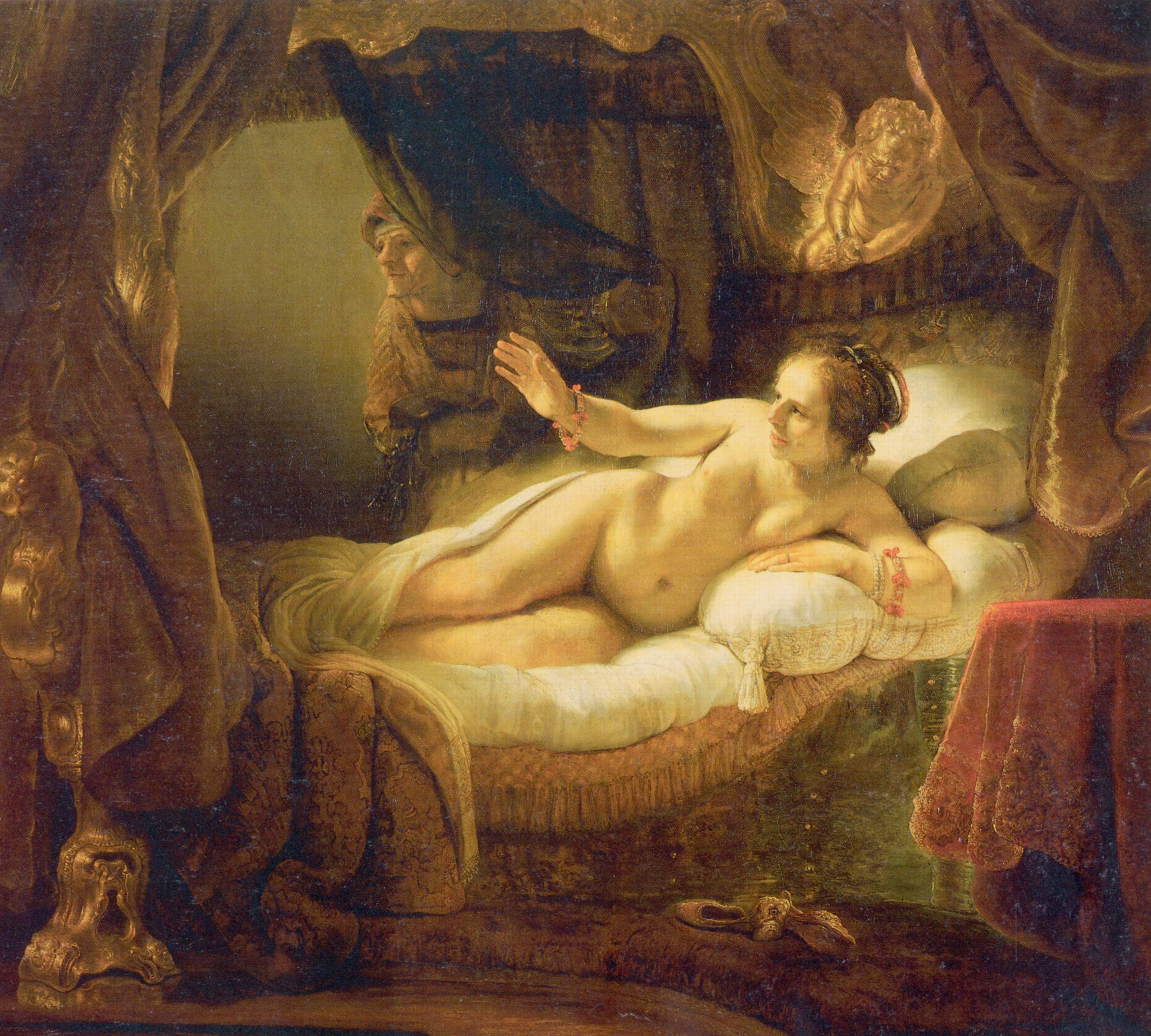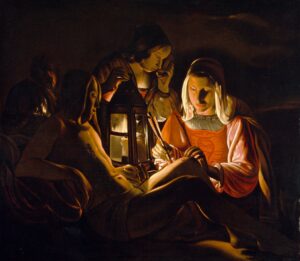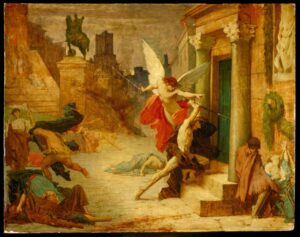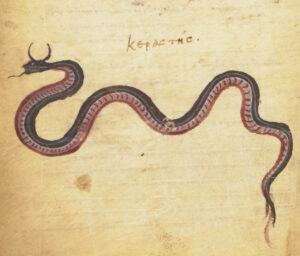Sub luna, speculum veritatis nudatur; nihil restat nisi anima revelata.
In the ancient texts and nocturnal traditions,there persists a symbol both luminous and unsettling: the human form unveiled, the nude as archetype. This is not a mere absence of clothing, nor an invitation to exhibition, but the icon of a deeper unveiling. The nude, in this light, is the most radical image of the Self without ego, a return to primordial being, before the world dressed the soul in masks and fears.
In the Garden myth, Adam and Eve stood naked and knew no shame, not because they were naive, but because they had not yet learned to hide. Their nudity was a state of undivided being, a totality in which nothing needed to be defended, nothing denied. Only with the taste of knowledge did they become conscious of themselves as separate, as objects beneath a gaze, and so the ego was born: the weaver of garments, the architect of defense. In the moment shame entered, clothing was fashioned, and the Self retreated behind the veil of persona.
To be nude, in the true and sacred sense, is to return to that undivided state. Not through regression, but through transcendence. Hermetic and gnostic teachings agree: the Self is not something constructed atop the ruins of ego, but what remains when all construction ceases. The nude is the image of the Self returned to its source, stripped of the compulsions, narratives, and disguises by which the world sustains itself. In alchemy, this is the stage of purification, where the dross and the lead. The habits of identity are burned away, and the gold of essence is revealed. The alchemical king and queen, when united in the sacred marriage, are depicted as naked not for sensuality, but as a testimony to their essentiality: all division ended, all covering removed.
The gnostic path is the road back to this nakedness, not by discarding the world, but by passing through it consciously, removing layer after layer of what is not truly one’s own. In the Gospel of Thomas, the voice of the living Jesus proclaims, “When you strip naked without shame and trample your clothing underfoot just as little children do then you will look at the Son of the living One without being afraid.” This is the gnosis of the naked: to face oneself and the divine without defense, without the armor of persona, without the need to please or to protect.
But the nude, as symbol, carries both risk and revelation. To unveil the Self is to move forward unprotected, to risk exposure to one’s own depths and to the world’s gaze. Yet only in this exposure is the true will found: the chariot that advances, guided not by external armor, but by the alignment of inner purpose. To stand naked is not to court destruction, but to embrace the sovereignty that comes with authenticity. The Self unclothed is not fragile; it is indomitable, because it is indivisible.
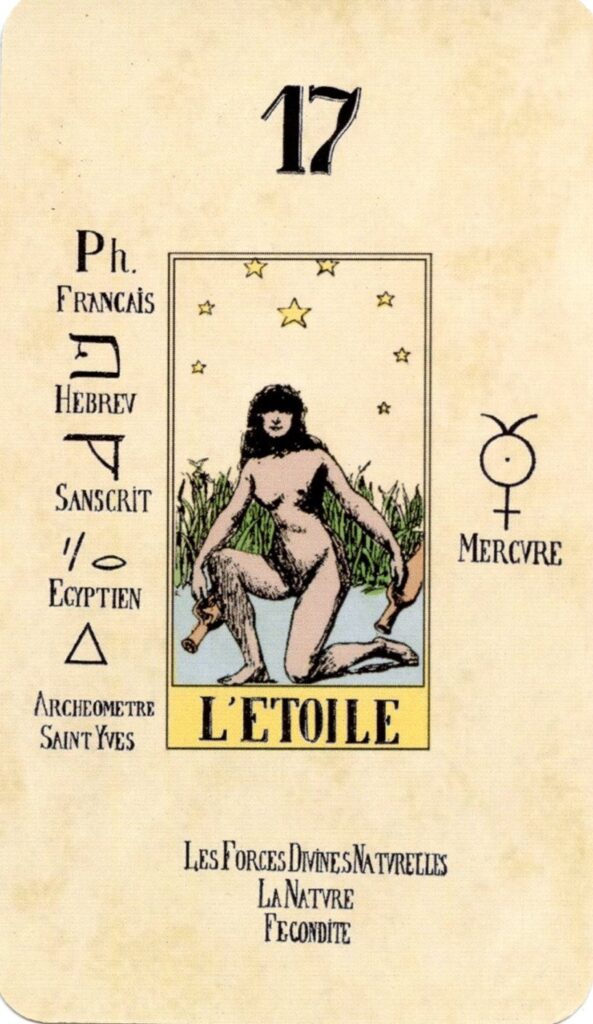
What then resists this return to nakedness? The greatest obstacle is the fear of vulnerability, the reluctance to surrender the throne of self-control. The world is ruled by kings of the cup, masters of emotion who prefer the calm surface to the tumult beneath. To be nude before oneself or another is to risk the flood, the uncontrolled depth, the possibility of drowning in one’s own feeling. Yet only by descending into these waters can one emerge whole, able to drink from the cup of joy without deceit or reserve.
The promise of the nude is nothing less than true communion. With the Divine, with the Other, and with the Self. In this unveiled state, the soul no longer bargains for acceptance, nor fears the rejection of its form. Here, the nine cups overflow, not because they have been filled from without, but because the vessel itself has become transparent to its own light. Only what is naked can be truly loved, for only what is revealed can be joined.
Yet, as in all mysteries, the shadow walks beside the revelation. When the symbol of the nude is corrupted, stripped of spirit, reduced to spectacle or violated by the gaze of the uninitiated, it becomes a source of pain and anxiety, the nightmare of being seen without sanctuary. The world, in its confusion, often exposes before it sanctifies, wounds before it heals. Without preparation, to be naked is to risk fragmentation, to become prey to the cold eyes of those who do not understand.
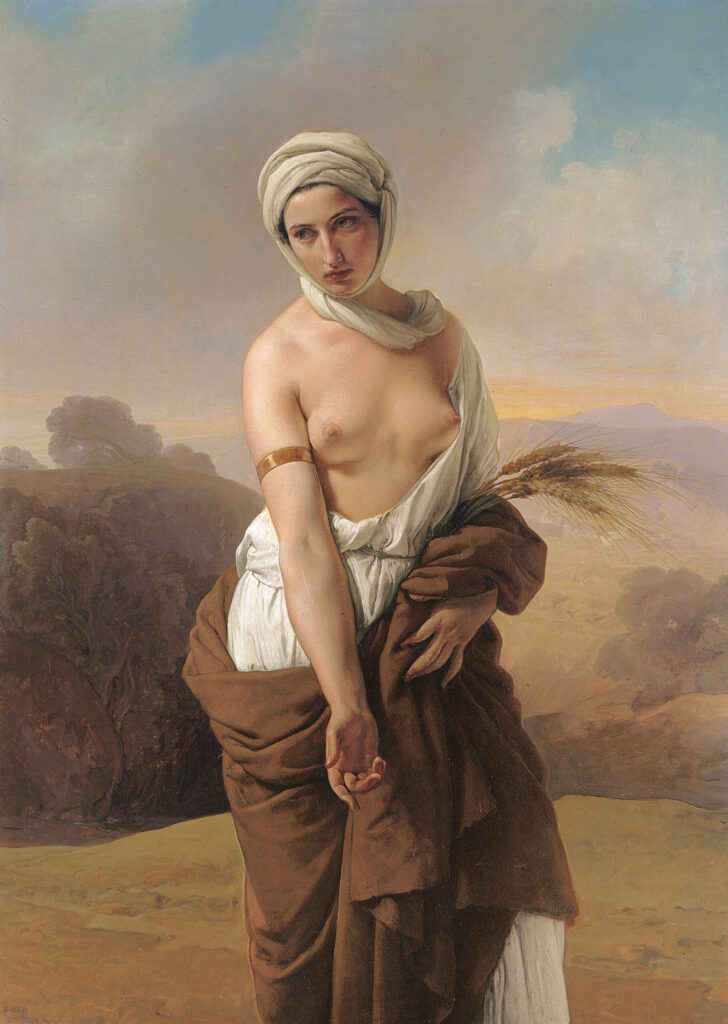
Thus, the nude as the Self without ego is both invitation and warning. To embrace it is to stand in the lunar light, soft, reflective, merciless in its tenderness. And to know oneself not as an object, but as a living mirror. The path is not one of denial, rather it is one of ever-deepening honesty. The garments of ego will fall away, either by conscious offering or by the inevitable work of time. What remains is what was always there: the Self, unveiled, indivisible, both fragile and invincible, offered to the world as mystery and as gift.
